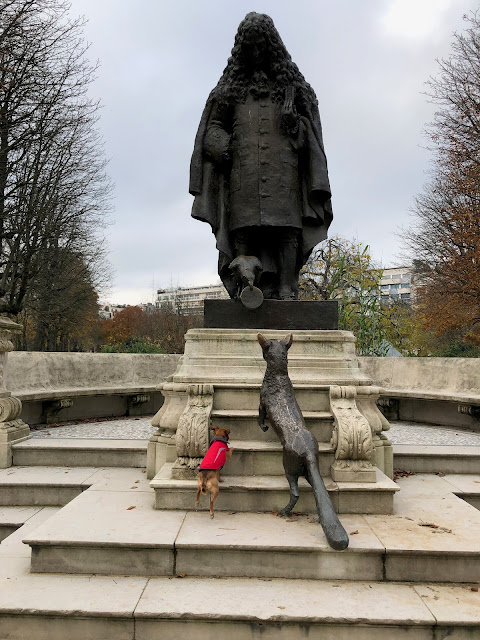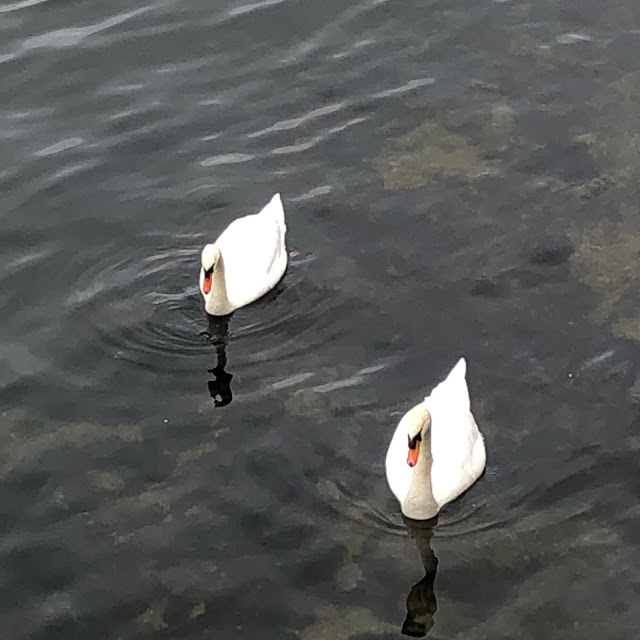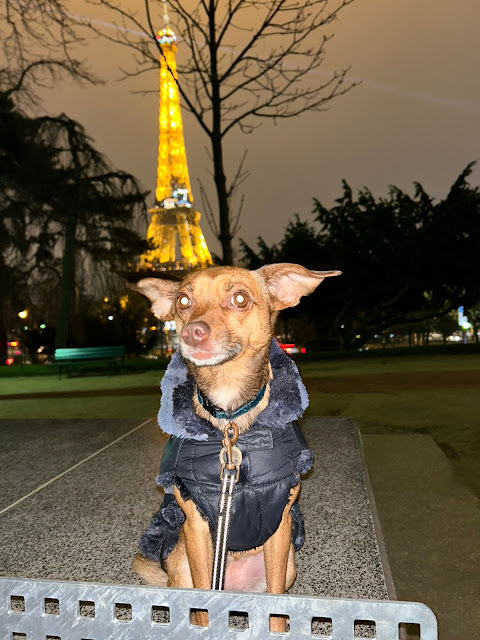Wild(esque) Paris: Bois de Boulogne

Paris manages to squeeze over 2 million people into about 41 square miles. By population, that makes it less dense than Manhattan (about 56,000 per square mile, compared to about 71,000). But with thousands of tourists visiting every day (so far there does not seem to be an off-season) and millions of workers commuting in from the suburbs, even the homely 16th Arr. can feel pretty crowded at times. Luckily we're very close to the Bois de Boulogne, about 2,000 acres of mostly wooded parkland, trails and man-made lakes. The forested area in which it sits has been used and re-used for every imaginable purpose, including general brigandry, dueling, royal hunting preserves, monastic communities, and bivouac sites for conquering British and Russian troops following the rout of Emperor Napoleon Bonaparte. Emperor Napoleon III transformed the forest into a public park in the 1850s--although conquering Prussian troops would briefly revive the bivouacking tradition at the end of the Franco-P...





